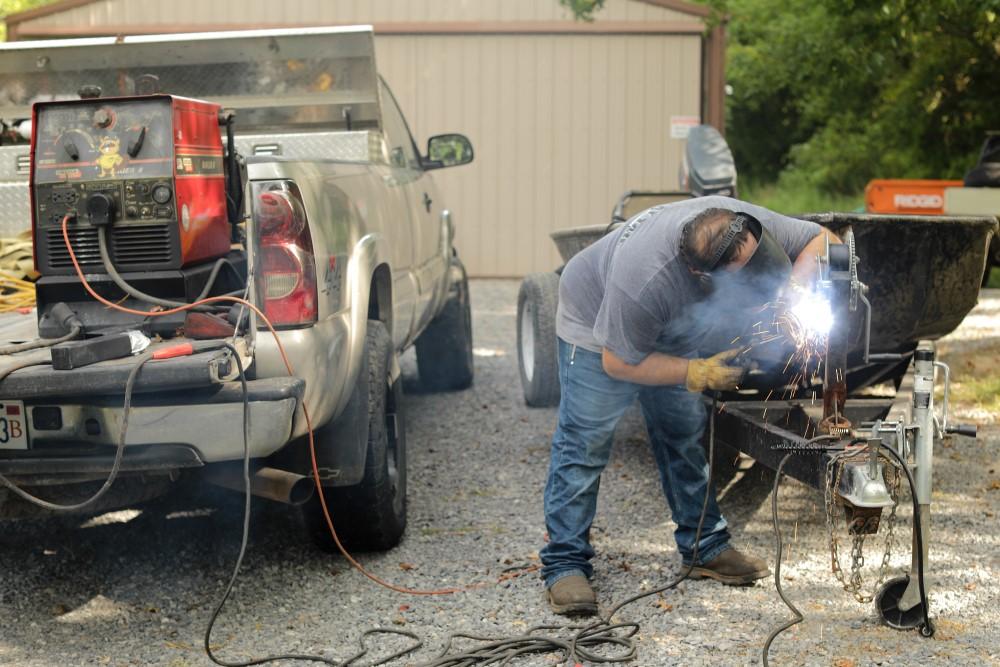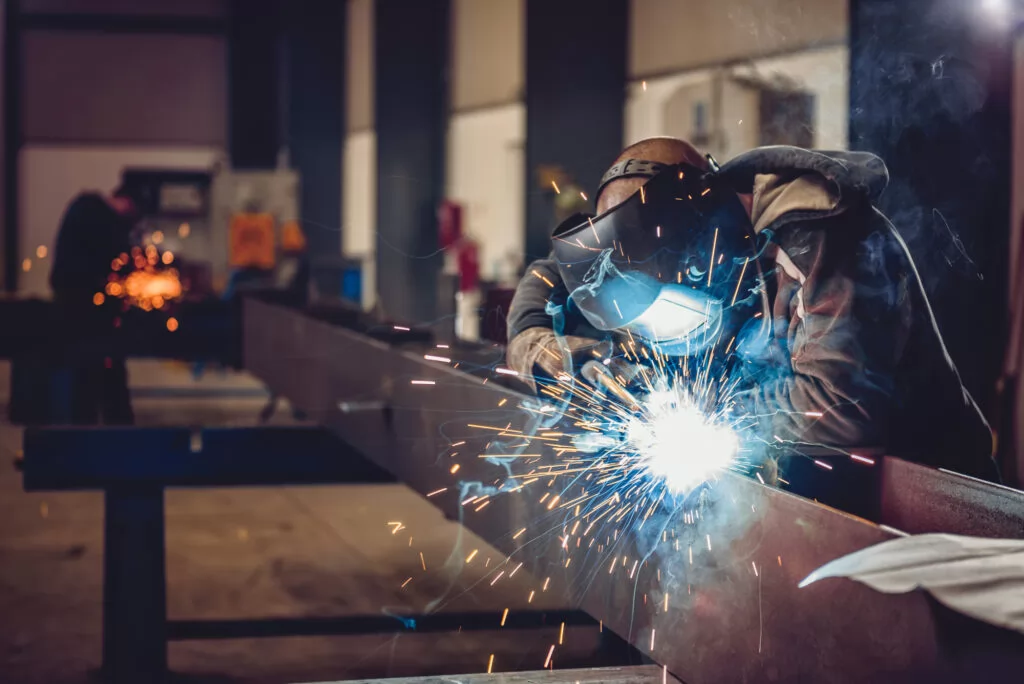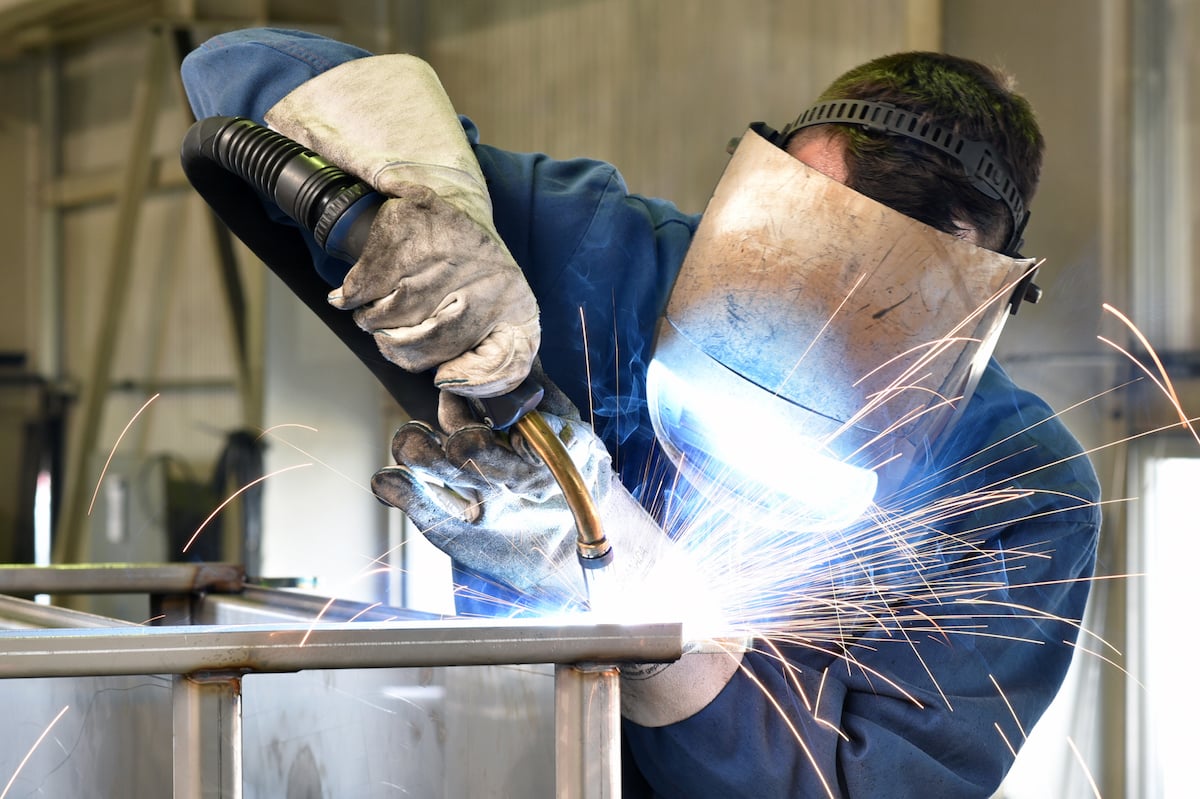Proven steps to eliminate porosity in welds with Belgrade Welding
Usual Welding Repair Service Issues and Exactly How to Address Them Properly
Welding fixings typically run into a series of issues that can threaten the stability of the last product. Usual troubles include poor infiltration, porosity, and imbalance, amongst others. Each defect provides unique obstacles that require certain techniques for resolution. Recognizing these problems is crucial for welders intending to improve their abilities and end results. This conversation will check out these common welding fixing concerns and efficient methods to resolve them.
Poor Penetration
Inadequate penetration happens when the weld metal stops working to fully fuse with the base product, causing weak joints and possible architectural failings. This problem usually stems from not enough heat input, inaccurate electrode angle, or improper welding speed. Welders might come across poor penetration due to a miscalculation of the needed criteria for a details product thickness or kind. In addition, contamination on the base product's surface can prevent reliable bonding, exacerbating the problem. To resolve poor penetration, welders must guarantee suitable setups on their equipment and maintain a tidy job surface area. Routine inspection of welds is suggested to determine any kind of shortages early, permitting prompt improvements and the avoidance of compromised structural honesty in welded assemblies.
Porosity
Porosity is a typical flaw in bonded joints that materializes as small gas bubbles caught within the weld steel. This flaw can endanger the honesty of the weld, resulting in minimized strength and potential failure under anxiety. Belgrade Fabrication. Porosity generally occurs from contamination, wetness, or inappropriate welding techniques, which enable gases to get away into the liquified weld swimming pool. To attend to porosity, welders must guarantee correct surface preparation, keep a clean working environment, and make use of appropriate welding specifications. In addition, picking the right filler material and protecting gas can minimize gas entrapment. Normal inspection and testing of welds can help identify porosity early, ensuring timely corrective activities are taken, thereby protecting the quality and integrity of the bonded framework
Imbalance
Imbalance in welding can occur from various elements, consisting of inappropriate setup and thermal development. Understanding the origin is important for effective resolution. Several correction methods are offered to realign components and ensure structural honesty.
Sources of Misalignment
Welding misalignment commonly comes from a range of underlying concerns that can compromise structural integrity. One key reason is incorrect fit-up of components prior to welding, which can cause gaps and uneven surface areas. Variants in thermal development throughout the welding procedure can likewise lead to distortion, specifically if the materials being signed up with have various coefficients of expansion. Furthermore, inadequate securing and fixturing might stop working to hold components firmly in location, bring about motion throughout welding. Badly maintained equipment, consisting of welding makers and tools, may present variances in the weld bead, more adding to misalignment. Operator error, stemming from not enough training or experience, can also play a substantial function in creating misaligned welds.

Correction Methods Available
Dealing with imbalance efficiently needs a mix of corrective strategies customized to the details issues handy. One typical technique is the usage of components or jigs to hold elements in the correct setting during welding, guaranteeing regular placement. In addition, pre-heating the materials can aid decrease distortion and improve fit-up. For significant imbalance, mechanical adjustment methods, such as making use of hydraulic jacks or clamps, can be employed to correct the position before welding. Post-weld warm treatment might likewise be needed to eliminate stresses triggered by imbalance. Ultimately, careful examination and modification throughout the arrangement phase can stop imbalance issues from ending up being significant issues, advertising a smoother welding process and improving general architectural honesty.
Distortion
Distortion is an usual challenge in welding that can develop from numerous aspects, including unequal cooling and heating. Recognizing the sources of distortion is important for carrying out effective prevention techniques. Resolving this issue not only enhances structural integrity but likewise boosts the total high quality of the weld.
Reasons for Distortion
When based on the intense warmth of welding, products frequently undergo modifications that can result in distortion. This sensation largely occurs from thermal expansion and contraction throughout the welding process. As the weld location heats up, the product expands; upon cooling, it acquires, which can produce internal anxieties. Additionally, irregular heating across a workpiece can aggravate these anxieties, causing warping or bending. The sort of product additionally plays a substantial duty; steels with differing thermal conductivity and coefficients of expansion might respond differently, resulting in unpredictable distortions. Poor joint layout official statement and insufficient fixturing can add to imbalance throughout welding, boosting the probability of distortion. Recognizing these causes is vital for efficient welding repair service and avoidance methods.
Prevention Techniques
Efficient prevention methods for distortion throughout welding concentrate on managing heat input and making certain correct joint design. Keeping a consistent warm input aids to minimize thermal expansion and tightening, which can result in distortion. Utilizing methods such as pre-heating the workpiece can also minimize the temperature slope, promoting consistent home heating. Furthermore, picking proper joint styles, such as T-joints or lap joints, can boost security and decrease stress and anxiety concentrations. Applying correct fixturing to secure the work surfaces in place even more aids in preserving placement throughout the welding process. Staggered welding sequences can distribute warm much more uniformly, protecting against localized distortion. By applying these approaches, welders can greatly decrease the probability of distortion and improve the overall high quality of their welds.
Splitting
Cracking is a common issue come across in welding repair services, frequently arising from various elements such as inappropriate air conditioning rates, product choice, or poor joint preparation. The event of cracks can greatly jeopardize the stability of the weld, leading to prospective failings during operation. To address this problem, welders have to initially assess the root triggers, ensuring that materials are compatible and suitably picked for the specific application. In addition, managing the cooling price throughout the welding process is important; rapid cooling can generate anxiety and result in splitting. Proper joint design and prep work additionally add to lessening the danger. Implementing these techniques can improve weld quality and resilience, eventually minimizing the possibility of cracking in finished weldments.

Insufficient Fusion
A substantial concern in welding repair services is insufficient combination, which takes place when the weld metal does not appropriately bond with the base material or previous weld passes - Montana Mobile Welding and Repair Belgrade. This issue can bring about weaknesses in the joint, possibly endangering the integrity of the bonded structure. Aspects adding to insufficient blend consist of not enough heat input, inappropriate welding technique, and contamination of the surfaces being signed up with. To resolve this problem effectively, welders should ensure proper pre-weld cleansing and surface prep work, as well as change their welding specifications to accomplish ample penetration and blend. Normal examination throughout the welding process can additionally aid identify insufficient combination early, enabling timely corrective procedures to enhance the overall find here high quality of the weld
Overheating
While welding repairs can enhance structural integrity, overheating offers a significant difficulty that can bring about product deterioration. Extreme warmth during welding can change the mechanical residential properties of steels, leading to minimized stamina, raised brittleness, and warping. This sensation is particularly critical in high-stress applications where structural dependability is extremely important. Determining getting too hot can entail visual evaluations for staining or distortion, as well as monitoring temperature during the welding procedure. To minimize the dangers associated with getting too hot, welders ought to utilize appropriate methods, such as regulating heat input, adjusting traveling rate, and utilizing suitable filler materials. Additionally, executing pre- and post-weld heat therapies can assist recover product residential properties and enhance the overall quality of the fixing, ensuring lasting efficiency and safety and security.
Regularly Asked Inquiries
What Are the Usual Signs of a Welding Flaw?

Just How Can I Evaluate My Welds for Quality?
To check welds for high quality, one can use visual inspections, ultrasonic testing, and radiographic techniques. Each method guarantees structural honesty, determines flaws, and verifies adherence to specified standards, eventually improving the integrity of the welded joints.
What Security Preventative Measures Should I Take While Welding?
When welding, one should focus on safety and security by using ideal individual safety tools, ensuring proper ventilation, securing combustible materials away, maintaining a clean work area, and recognizing surroundings to avoid accidents and injuries.
Can I Fix a Weld Without Remodeling the Entire Joint?
Fixing a weld without renovating the entire joint is possible, depending on the damages (Montana Mobile Welding and Repair Belgrade Fabrication). Techniques such as grinding, adding filler material, or utilizing a welding process can properly resolve details flaws while preserving the bordering framework
What Equipment Are Necessary for Reliable Welding Repairs?
Crucial devices for efficient welding fixings consist of a welding maker, cord brush, grinder, safety gear, clamps, and filler products. Each device plays read a crucial duty in making certain top quality and safety and security during the repair procedure. Porosity normally emerges from contamination, wetness, or improper welding techniques, which permit gases to leave into the molten weld pool. Badly kept tools, consisting of welding machines and devices, might introduce disparities in the weld grain, further contributing to imbalance. When subjected to the extreme heat of welding, products usually undertake modifications that can lead to distortion. Breaking is an usual problem run into in welding repair work, frequently resulting from different factors such as improper cooling prices, product option, or poor joint preparation. A considerable issue in welding repair services is incomplete combination, which takes place when the weld steel does not appropriately bond with the base material or previous weld passes.